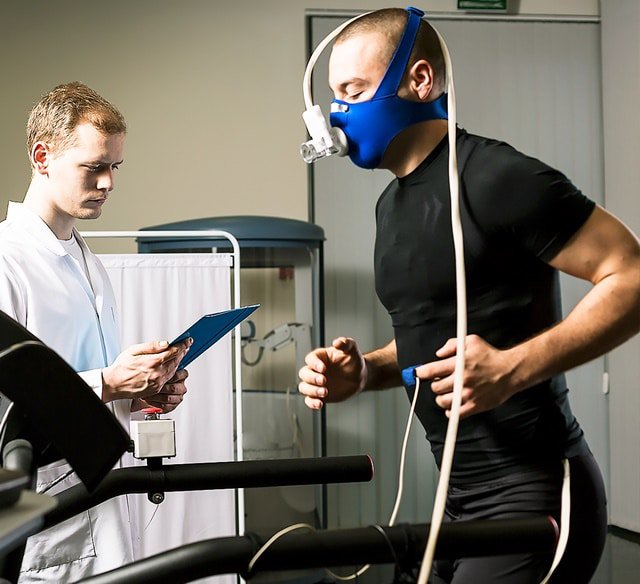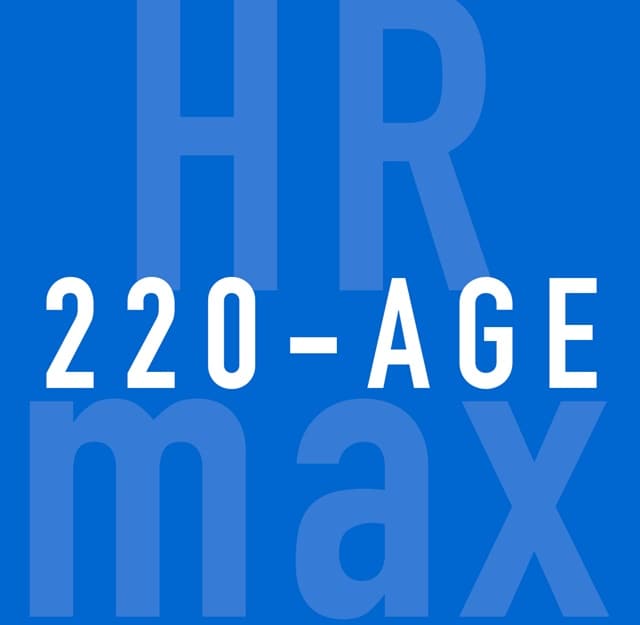How To Calculate Your Maximum Heart Rate For Running
SPONSORED
This article originally appeared on Polar.
Defining maximum heart rate (HR max) is easy: it’s the highest number of beats per minute your heart can pump under maximum stress.
Determining your maximum heart rate, however, is a little bit harder – but don’t despair.
There are several methods to calculate or estimate your maximum heart rate for running. Here are some of the most popular, arranged from the simplest to the most accurate.
First, though, a little background.
Why is maximum heart rate important?
Heart rate-based training enables you to run at the right intensity in order to reach your training goals. In other words, training smart is better than always training hard.
Training intensity is divided into five heart rate zones – from very light to maximum intensity. The heart rate zones are calculated as percentages of your maximum heart rate.
For example, within heart rate zone four, you’ll be training at 81–90% of your HR max and increasing your maximum performance capacity.
To determine your personal heart rate zones, you first need to know or estimate your maximum heart rate.
How to determine your maximum heart rate
ESTIMATED HEART RATE MAXIMUM: 220 MINUS AGE
Your maximum heart rate can be estimated from the commonly used formula: 220 minus age. While a good starting point, research has shown that this formula is not perfectly accurate for all people, especially for people who have been fit for many years or for older people.
DETERMINING MAXIMUM HEART RATE: FIELD TEST
Besides estimations and tests, you can determine your maximum heart rate by putting on your running shoes, firing up your heart rate monitor and heading out into the real world.
You won’t need fancy laboratory equipment for the field test but you’ll still get an accurate and personal estimation of your maximum heart rate. The premise is simple: you warm up properly and then do an exercise that brings you close to your maximum effort.
For an example field test, see the end of this article.
Please note that for a maximum effort field test it’s best to call a friend and have them join you, just to be on the safe side. Also, make sure you have some hard training under your belt from recent weeks.
ACCURATE MAXIMUM HEART RATE: LABORATORY TEST
If you want the most accurate way of determining your maximum heart rate, you should have your HR max clinically measured. This is something you do need the fancy laboratory equipment for.
The two most common ways are the maximal treadmill and bicycle stress tests. These laboratory tests are usually supervised by a cardiologist or exercise physiologist.
FIELD TEST EXAMPLE
Do this field test with a training partner. Use a heart rate monitor and note the highest heart rate you can reach. This is your maximum heart rate.
1. Warm up for 15 minutes on a flat surface. Build up to your usual training pace.
2. Choose a hill that will take more than two minutes to climb. Run up the hill once, building to as hard a pace as you can hold for 20 minutes. Return to the base of the hill.
3. Run up the hill again. Get your heart going as hard as you can to be able to just about hold it there for three kilometres. Observe your highest heart rate on the display.
Your HR max is approximately 10 beats higher than the now-noted value.
4. Run back down the hill. Allow your heart rate to drop 30–40 beats per minute from where it was.
5. Run up the hill once again at a pace that you can only hold for one minute. Try to run halfway up the hill.
Observe your highest heart rate. This brings you close to your maximum heart rate. You can use this value as your HR max to set sport zones.
6. Make sure you cool-down for a minimum of 10 minutes
Doing a maximum heart rate field test while unprepared is a surefire way to end up in maximum distress. If you are unsure, consult your physician before undertaking the test.
This article originally appeared on Polar.
READ MORE ON: heart-rate-monitor polar




